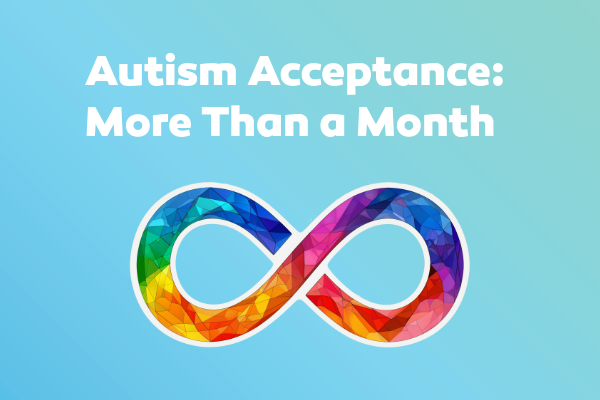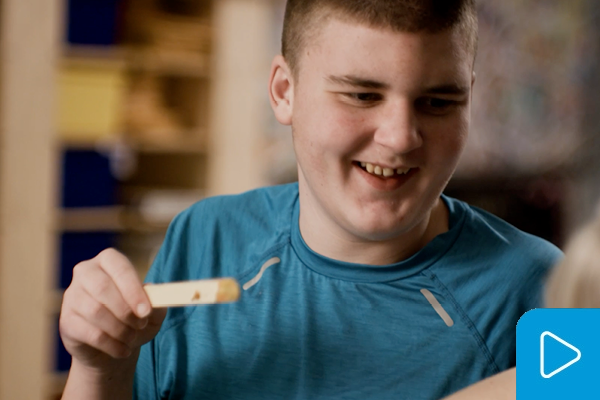2 MIN READ
Speech Therapy Best Practices
By: Ashly Elliott, MA,CCC-SLP, Heartspring School Director of Therapy Department

Due to recent controversy about communication treatment approaches, we wanted to share recommendations on best practices in our field. Facilitated Communication (FC) and Rapid Prompting Method (RPM) are two similar treatment approaches. FC involves a therapist (or facilitator) providing physical support by touching or holding the communicator’s hand, arm, or shoulder while a message is typed on a letter board or keyboard. RPM involves a facilitator holding and moving the letter board, while the communicator is asked to point to letters and spell words.
Speech-Language Pathologists at Heartspring have researched these two methods, and two attended a conference about American Speech-Language-Hearing Association (ASHA)’s position on RPM and FC. After conducting extensive research, ASHA has released the following statements on these methods:
On FC: “It is the position of the American Speech-Language- Hearing Association (ASHA) that Facilitated Communication (FC) is a discredited technique that should not be used.”
Due to the above-mentioned position statement released by ASHA and internal research results, Heartspring does not utilize FC as a therapeutic approach to communication impairments.
On RPM: “It is the position of the American Speech-Language- Hearing Association (ASHA) that use of the Rapid Prompting Method (RPM) is not recommended because of prompt dependency and the lack of scientific validity. Furthermore, information obtained through the use of RPM should not be assumed to be the communication of the person with a disability.”
We have two primary concerns regarding RPM. First, RPM is not an evidence-based practice, as there is no scientific research available that supports its effectiveness. While there have been anecdotal accounts to support its effects, there is more compelling scientific evidence to support that the RPM messages are actually produced messages of the facilitator, not the message of the individual with a disability/ communicator. This evidence comes from multiple double-blind studies in which the facilitator and the communicator are both shown different pictures, but they cannot see each other’s picture. Then, when asked to indicate what they saw, the message produced was the item that was seen by the facilitator, not the communicator. This indicates that the facilitator has more control and input into the message than the communicator.
Secondly, we are concerned that within the technique described, there is no procedure to fade prompting, as prompting is part of the protocol. This creates a prompt dependency from the communicator. Because communication with RPM is facilitator-dependent, it denies the individual the right of communication.
One of our primary goals is to teach communicative independence. We do this through a prompting hierarchy with the end goal of fading the prompt so that the individual can become more independent in their communication.
Heartspring’s Speech-Language Pathologists have had extensive conversations regarding this topic, and due to current evidence-based research results, FC and RPM are methods we do not support. Heartspring’s therapeutic model supports using only evidenced-based practice so that we can provide the best interventions with our students.
Included below are links to ASHA’s position statements:
Comparison of the Rapid Prompting Method (RPM) with Facilitated Communication (FC)




